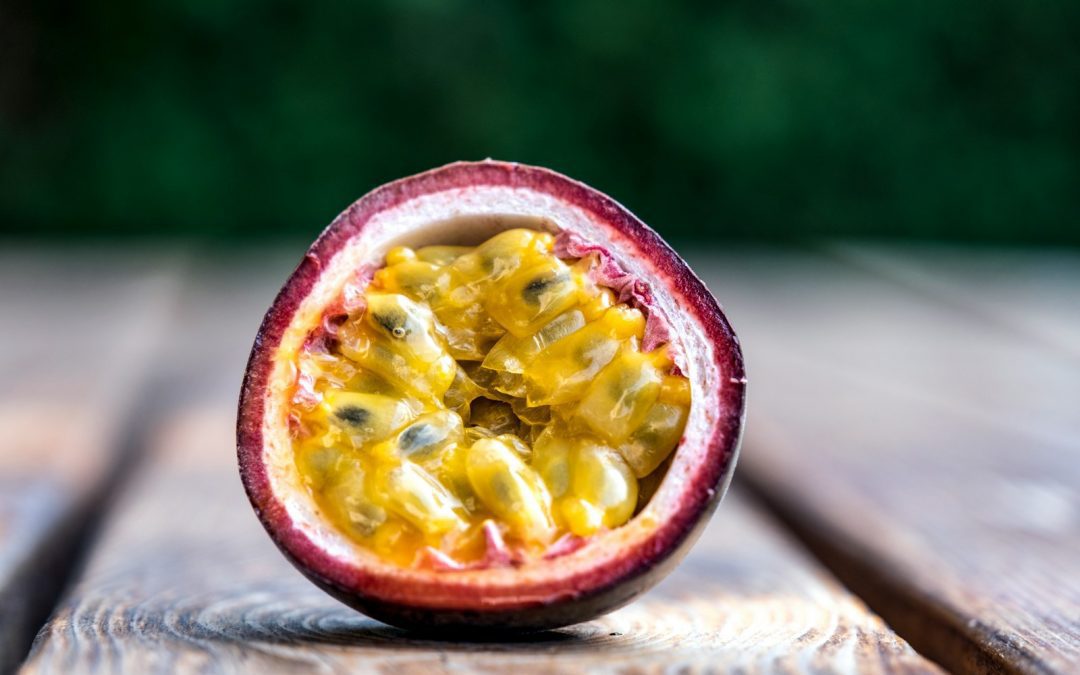Contents
- 1 How to Grow Indoor Passion Fruit: Exotic Vines and Sweet Rewards
- 1.1 Why Grow Indoor Passion Fruit?
- 1.2 Best Passion Fruit Variety for Indoors
- 1.3 How to Start Indoor Passion Fruit
- 1.4 Indoor Passion Fruit Care Tips
- 1.5 Supporting and Training Vines
- 1.6 Pollination and Fruiting Indoors
- 1.7 Common Challenges with Indoor Passion Fruit
- 1.8 Harvesting Indoor Passion Fruit
- 1.9 Fun Ways to Use Indoor Passion Fruit
- 1.10 Decorating with Indoor Passion Fruit Vines
- 1.11 Frequently Asked Questions
- 1.12 Recommended Products
- 1.13 Outbound Resource
- 1.14 Final Thoughts
How to Grow Indoor Passion Fruit: Exotic Vines and Sweet Rewards
Passion fruit (Passiflora edulis) is famous for its beautifully intricate flowers and deliciously tangy, sweet fruits. While typically grown outdoors in warm climates, you can grow indoor passion fruit successfully if you provide the right care. With enough light and space, these exotic vines can transform your indoor space into a tropical paradise.
Why Grow Indoor Passion Fruit?
Fresh tropical fruit: Enjoy homegrown, nutrient-rich passion fruits at your fingertips.
Striking flowers: Passion flowers are some of the most beautiful blooms, adding elegance to your home.
Decorative foliage: Lush, green vines create a natural indoor canopy effect.
Year-round greenery: Even when not flowering, indoor passion fruit vines look stunning.
Air purification: Like many indoor plants, passion fruit vines help improve air quality.
Best Passion Fruit Variety for Indoors
For indoor growing, choose the purple passion fruit (Passiflora edulis). This variety is self-pollinating, more compact than others, and known for its rich, sweet flavor. It’s the best choice for indoor passion fruit gardening because it produces reliably and adapts better to container life.
How to Start Indoor Passion Fruit
Supplies Needed
Young passion fruit seedling
Large container (minimum 40 cm wide and deep) with drainage
High-quality, well-draining potting mix with added compost
Sturdy trellis or support frame
Plant ties
Planting Steps
Place the container in a bright location that receives at least 6–8 hours of direct light daily.
Fill with enriched potting mix, ensuring excellent drainage.
Plant the seedling securely and water thoroughly.
Install a trellis immediately to guide the vine’s growth.
Use plant ties to gently secure stems as they grow.
Indoor Passion Fruit Care Tips
Light: Indoor passion fruit vines require full sun to flower and fruit. Supplement with a strong grow light if needed.
Watering: Keep the soil consistently moist but never waterlogged. Check the top 2–3 cm regularly.
Humidity: Passion fruit vines thrive in higher humidity. Mist the plant or use a humidifier to maintain ideal levels.
Fertilizing: Apply a high-potassium fertilizer every 2 weeks during the growing season to encourage blooms and fruit.
Pruning: Regularly prune to manage size, encourage lateral branching, and improve air circulation.
Supporting and Training Vines
Indoor passion fruit vines need support to grow vertically and stay tidy. Use a tall trellis, window frame, or indoor archway. Rotate the pot every few weeks to encourage even growth and avoid leaning toward the light source.
Pollination and Fruiting Indoors
The purple passion fruit is self-pollinating, but indoor conditions can make natural pollination tricky. Gently brush the inside of each flower with a small paintbrush to move pollen and improve fruit set.
Common Challenges with Indoor Passion Fruit
Yellowing leaves: Usually caused by nutrient deficiencies or inconsistent watering.
No fruiting: Most often due to insufficient light or missed pollination steps.
Pests: Watch for aphids, spider mites, and scale insects. Wipe leaves regularly and use insecticidal soap as needed.
Leggy growth: Increase light exposure and prune regularly to maintain shape and encourage bushiness.
Harvesting Indoor Passion Fruit
Fruits are ready when they turn deep purple and start to wrinkle slightly.
Gently twist and pull fruit from the vine.
Enjoy fresh or use in smoothies, desserts, jams, and cocktails for a tropical twist.
Fun Ways to Use Indoor Passion Fruit
Spoon over yogurt or oatmeal.
Mix into fruit salads for an exotic touch.
Stir into drinks or make homemade passion fruit lemonade.
Use in sauces and glazes for fish or chicken dishes.
Decorating with Indoor Passion Fruit Vines
Train vines to wrap around large windows or doors to create a lush, green frame.
Pair with bright pots to highlight the vibrant foliage and flowers.
Combine with other tropical plants to create an indoor jungle corner.
Use as a natural room divider by letting vines trail along a hanging support.
Frequently Asked Questions
Can I grow indoor passion fruit all year? Yes! With sufficient warmth and light, you can enjoy growth and potentially fruit year-round.
How tall will an indoor passion fruit vine get? Indoors, they can grow up to 2–3 meters but can be kept smaller with regular pruning.
Does it require a lot of care? Indoor passion fruit vines do need regular light, watering, and pruning but are very rewarding for dedicated growers.
Recommended Products
Outbound Resource
Learn more in this Wikipedia article on passion fruit.
Final Thoughts
Growing indoor passion fruit is an exciting challenge that combines beauty and flavor. With careful attention to light, pruning, and pollination, you can enjoy stunning exotic flowers and delicious fruits in your own home. Whether you’re looking to impress guests, improve your indoor garden’s aesthetic, or simply enjoy a tropical treat, indoor passion fruit is a perfect choice.
Start your indoor passion fruit adventure today and bring a taste of the tropics right into your living room!

